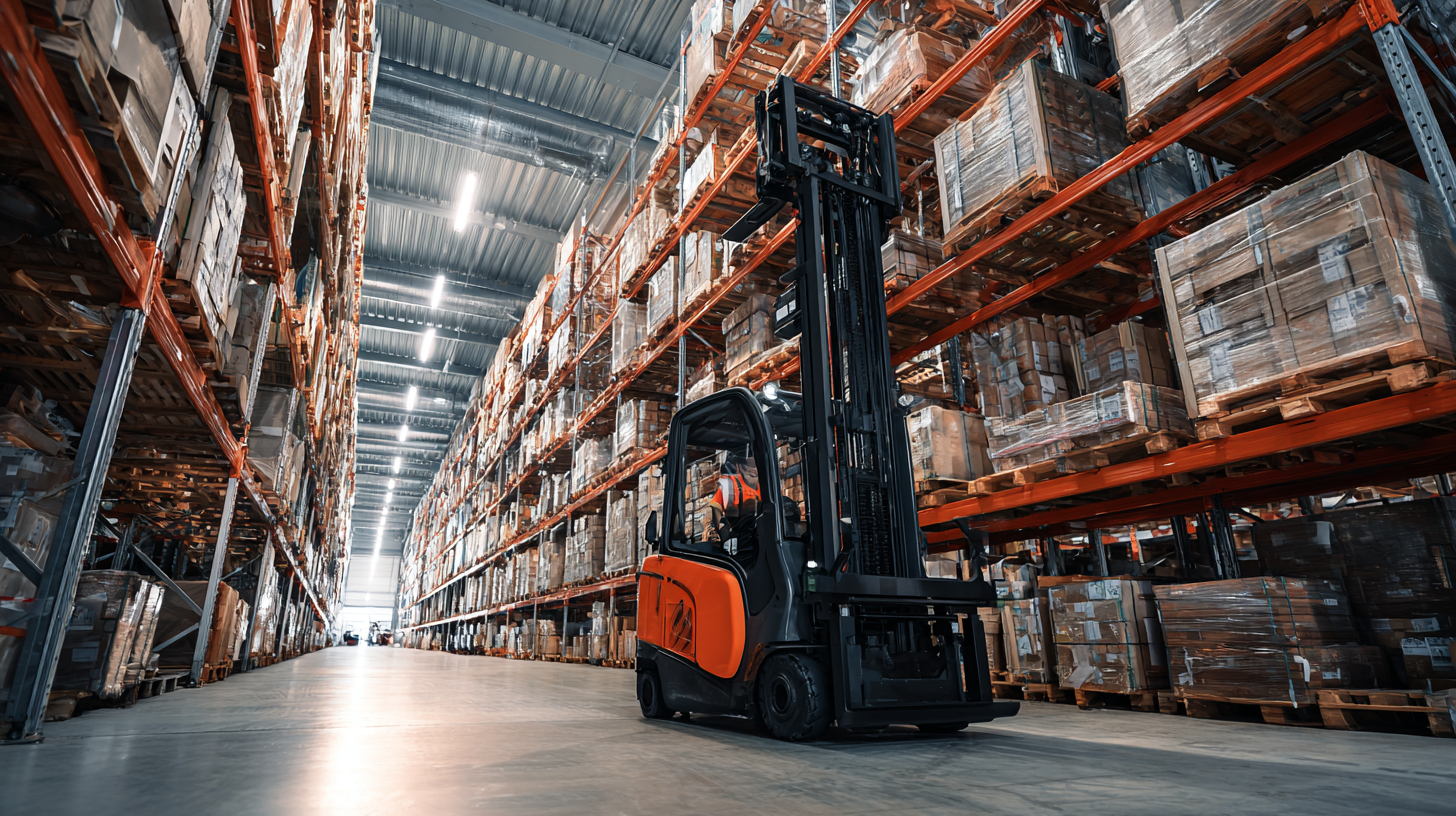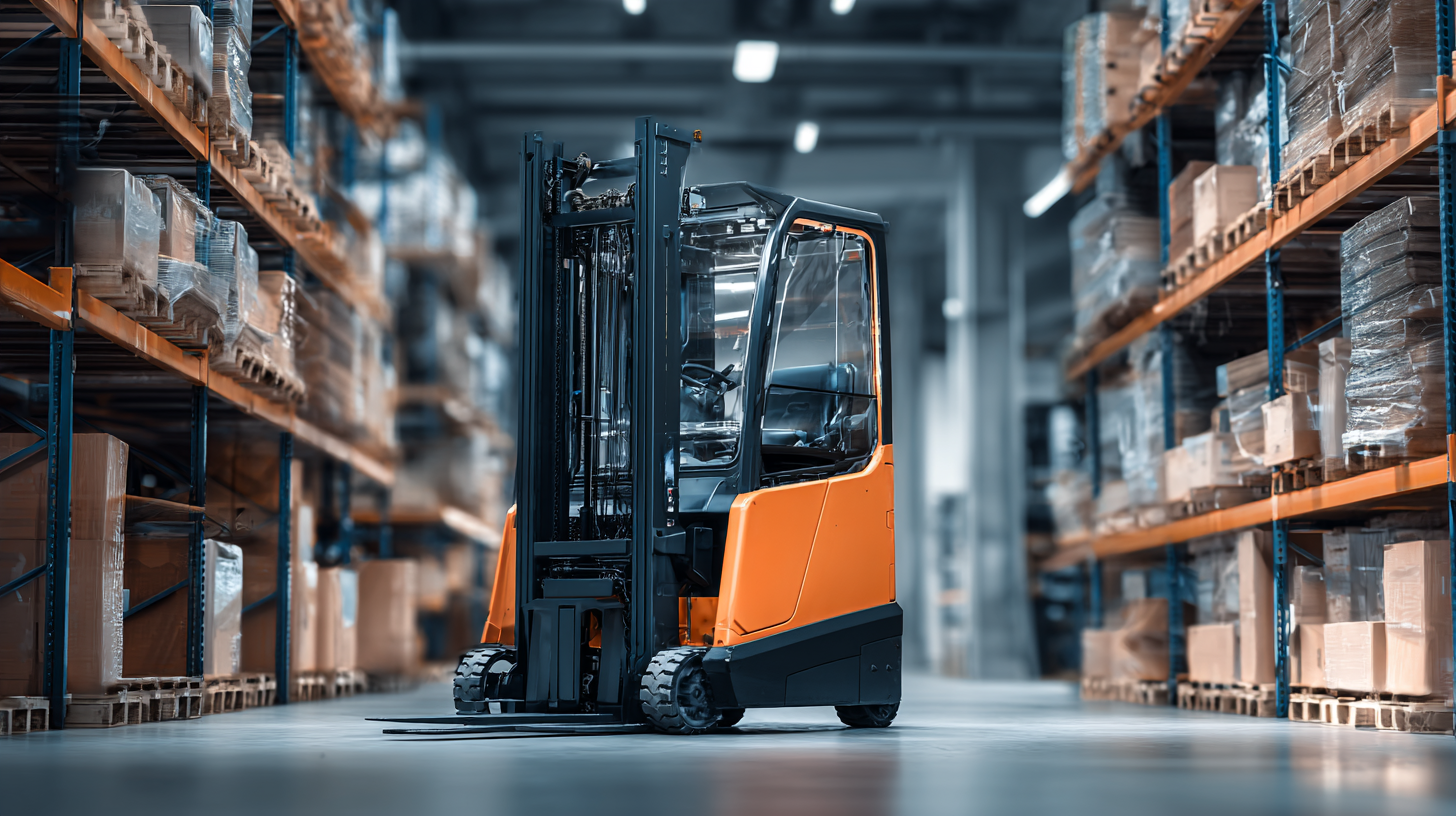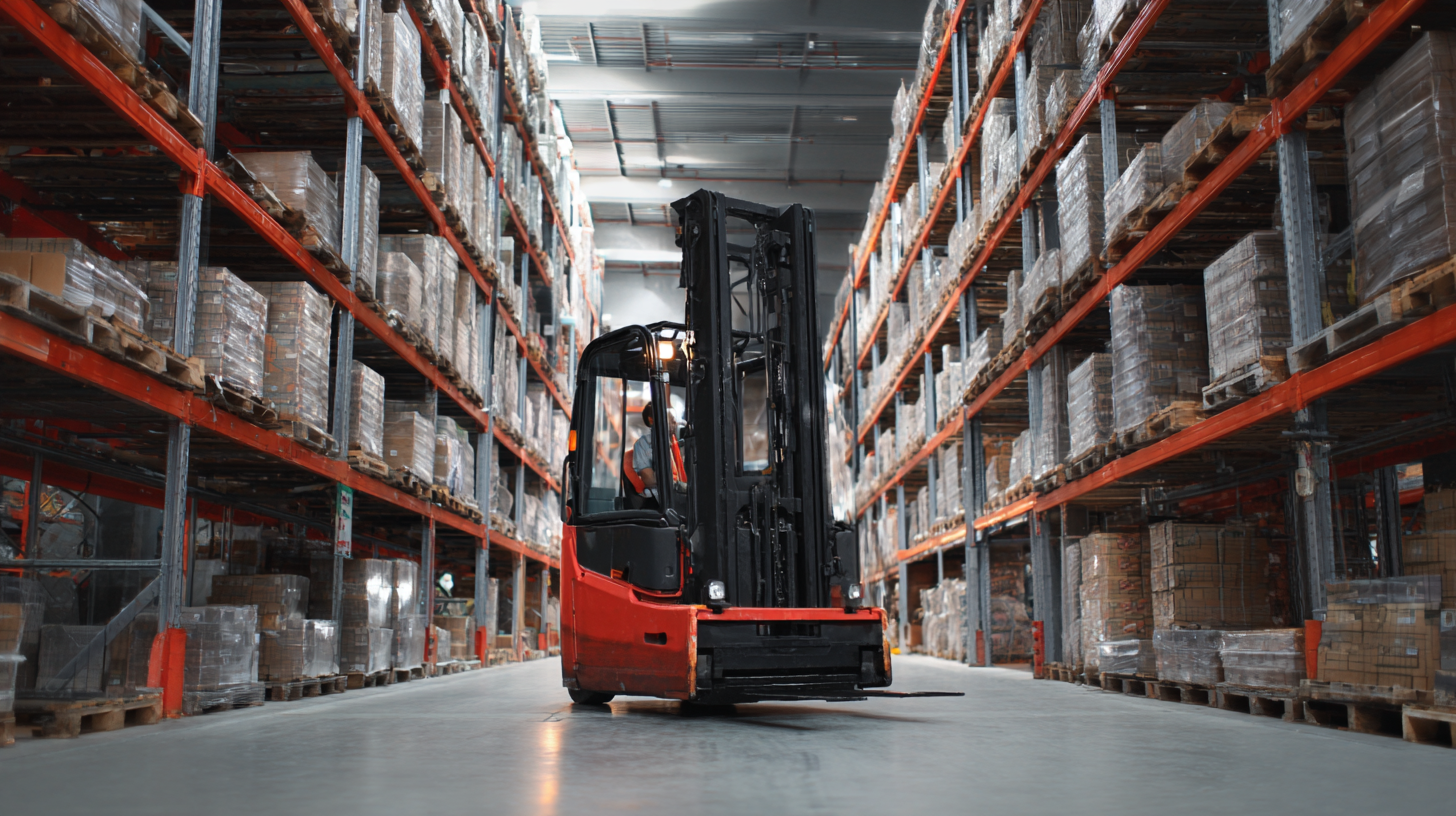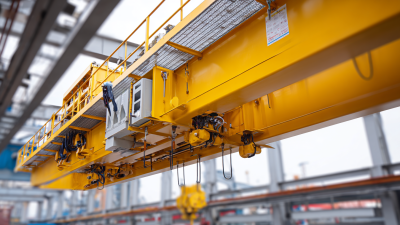Why Forklift Boom is Essential for Enhancing Warehouse Efficiency
 The efficient operation of warehouses is crucial for businesses looking to optimize their supply chains and reduce operational costs. One of the most significant innovations in warehouse equipment is the "Forklift Boom," a versatile attachment that greatly enhances material handling capabilities. According to a recent report by the Warehousing Education and Research Council (WERC), warehouses equipped with advanced lifting solutions, such as the Forklift Boom, can increase operational efficiency by up to 30%.
This surge in productivity is largely attributable to the Forklift Boom’s ability to extend reach and lift heavy loads, enabling workers to access high storage locations without the need for additional equipment. As e-commerce continues to drive increased demand for fast and efficient delivery, investing in tools like the Forklift Boom has become essential for warehouses aiming to stay competitive and meet customer expectations effectively.
The efficient operation of warehouses is crucial for businesses looking to optimize their supply chains and reduce operational costs. One of the most significant innovations in warehouse equipment is the "Forklift Boom," a versatile attachment that greatly enhances material handling capabilities. According to a recent report by the Warehousing Education and Research Council (WERC), warehouses equipped with advanced lifting solutions, such as the Forklift Boom, can increase operational efficiency by up to 30%.
This surge in productivity is largely attributable to the Forklift Boom’s ability to extend reach and lift heavy loads, enabling workers to access high storage locations without the need for additional equipment. As e-commerce continues to drive increased demand for fast and efficient delivery, investing in tools like the Forklift Boom has become essential for warehouses aiming to stay competitive and meet customer expectations effectively.
Understanding the Role of Forklift Booms in Warehouse Operations
Forklift booms play a pivotal role in optimizing warehouse operations, particularly in the context of a booming e-commerce landscape. As online retail continues to flourish, warehouses are faced with the growing demand for efficient material handling solutions. Forklift booms enhance the capabilities of standard forklifts by allowing operators to reach higher storage levels and navigate tight spaces, ultimately improving the speed and accuracy of inventory management. This increased efficiency directly contributes to meeting customer demands in a highly competitive market.
Moreover, the evolution of forklift technology reflects the dynamic nature of warehouse operations. In response to the surge in online shopping, businesses are increasingly investing in advanced equipment, such as articulating boom lifts, to adapt to the complexities of modern logistics. This technological innovation not only streamlines operations but also enhances worker safety by reducing the risk of accidents associated with manual handling and inadequate equipment. As the warehouse industry evolves, the importance of forklift booms in driving efficiency and ensuring smooth operations cannot be overstated.

Key Benefits of Using Forklift Booms for Material Handling
Forklift booms are a valuable attachment in the realm of material handling, significantly enhancing warehouse efficiency. One of the key benefits of using forklift booms is their ability to extend the reach of forklifts, allowing operators to access hard-to-reach areas. This capability is particularly beneficial in warehouses with tall shelving or stacked materials, as it enables the seamless retrieval and placement of goods without the need for additional equipment. Consequently, this not only saves time but also minimizes the risk of accidents that can occur when trying to maneuver large loads.
Additionally, forklift booms increase the versatility of forklifts. They can be utilized for various tasks, such as lifting and transporting items like pipes, lumber, or even machinery. This adaptability reduces the need for multiple types of equipment, thereby lowering operational costs. Moreover, by consolidating tasks into one machine, warehouses can optimize their workflows, resulting in improved productivity and reduced downtime. Hence, integrating forklift booms into warehouse operations can lead to more efficient material handling processes, ultimately contributing to enhanced overall performance.
Best Practices for Implementing Forklift Booms in Your Warehouse
Implementing forklift booms in warehouses is crucial for enhancing operational efficiency. Forklift booms extend the capabilities of standard forklifts, allowing them to handle heavier and larger loads. This adaptability is essential in modern warehouses, where space is often constrained, and efficiency directly affects productivity. According to industry reports, from 2011 to 2017, there were 614 fatalities and over 7,000 nonfatal injuries related to forklifts, highlighting the importance of safety alongside efficiency in warehouse operations.
To maximize the benefits of forklift booms, warehouse managers should adopt best practices. One crucial tip is to ensure all operators receive comprehensive training, focusing on load handling and safety protocols. Implementing visibility-assist sensors can also be invaluable. These advanced systems improve operator vision and reduce accident risks by providing real-time data on load positioning. Regular safety audits and adherence to OSHA compliance can further mitigate risks, creating a safe and efficient working environment.
Lastly, always emphasize the importance of maintaining equipment and conducting regular inspections. This practice not only prolongs the lifespan of the forklifts but also ensures optimal performance when using forklift booms. When operators feel safe and confident in their equipment, overall productivity increases, making it a win-win situation for the warehouse.
Warehouse Efficiency with Forklift Booms
This bar chart illustrates the impact of implementing forklift booms on various aspects of warehouse efficiency over a six-month period. The data reflects improvements in loading speed, inventory management, safety incidents, and overall operational costs.
Safety Considerations When Using Forklift Booms for Warehouse Tasks
When utilizing forklift booms for warehouse tasks, safety must be the top priority. These attachments extend the reach of forklifts, allowing operators to lift and move materials that are otherwise out of reach. However, improper use can lead to significant safety hazards. It is crucial for operators to be trained specifically in the handling of forklift booms, ensuring they understand the dynamics of lifting heavy loads at elevations. Regular safety audits and adherence to established guidelines can help mitigate risks associated with tipping and load shifting.

Another vital consideration involves maintaining clear communication and signaling among warehouse personnel. When a forklift boom is in operation, it's essential for ground crew members to be aware of the surroundings. Establishing designated paths and securing the area can prevent accidents. Furthermore, operators should routinely inspect the equipment for any wear or defects before use. By prioritizing safety and adhering to best practices, warehouses can effectively enhance efficiency without compromising the well-being of their staff.
Maintenance Tips to Ensure Longevity of Forklift Booms in Operations
Proper maintenance of forklift booms is crucial for maximizing their lifespan and ensuring efficient operations in warehouses. Regular inspections should be conducted to identify any signs of wear or damage. This includes checking for cracks, corrosion, or any structural issues that could compromise safety. Additionally, lubrication of moving parts is essential to prevent friction and ensure smooth operation. Operators should also keep the boom clean and free from debris, as accumulated dirt can lead to wear and reduced functionality.
Another key maintenance tip is to monitor the load limits specified by the manufacturer. Exceeding these limits can lead to premature wear and potential failure of the boom. Operators should be trained in proper usage techniques to minimize strain on the equipment. Scheduling routine maintenance checks with qualified technicians can also help in identifying potential issues before they become serious problems. By following these maintenance practices, warehouses can enhance the lifespan of their forklift booms, thereby improving overall operational efficiency.
Why Forklift Boom is Essential for Enhancing Warehouse Efficiency - Maintenance Tips to Ensure Longevity of Forklift Booms in Operations
| Maintenance Tip | Benefit | Frequency | Notes |
|---|---|---|---|
| Regular inspections | Identifying wear and tear early | Monthly | Focus on hydraulic systems |
| Keep booms clean | Prevents corrosion | Weekly | Use appropriate cleaners |
| Lubrication | Reduces friction | Bi-weekly | Check manufacturer's recommendations |
| Check safety devices | Ensures safe operation | Monthly | Test functionality regularly |
| Hydraulic fluid levels | Prevents mechanical failure | Weekly | Top up if needed |
Related Posts
-

7 Secrets to Finding the Best Bridge Crane for Your Needs
-

Future-Proofing Your Operations: 2025 Tech Trends & Effective Strategies for Best Overhead Bridge Crane Usage
-

What is a Best Portable Jib Crane: Innovative Solutions for Your Lifting Needs
-

The Complete Guide for Choosing the Right Jib Crane Hoist for Your Business Needs
-

Creative Uses for Portable Cranes in Various Industries
-

Innovative Solutions for Efficiently Utilizing Adjustable Gantry Cranes in Industrial Settings
